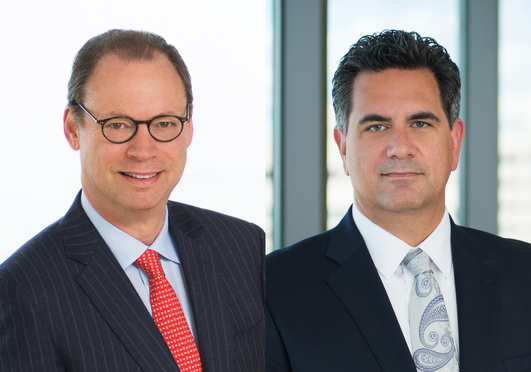One of the powerful benefits of bankruptcy is the ability to obtain a “fresh” start by obtaining a discharge of most, but not all claims that arose prior to the filing of the bankruptcy case. But when does a claim arise? This issue is especially complex when environmental contamination claims are involved. Environmental contamination can exist for years—even decades—before its effect ripens into damage or injury. Courts have developed different tests for determining when environmental claims arise for the purpose of determining whether they are discharged in bankruptcy. The dischargeability of environmental claims was recently addressed in a decision issued by Judge Kevin J. Carey of the U.S, Bankruptcy Court for the District of Delaware in In re Exide Technologies, Case No. 13-11482 (Adv. No. 17-51826) (Bankr. D. Del. March 28, 2019). The court held the claims at issue had been discharged in the Exide bankruptcy case.
The Lead Discharge and the Bankruptcy Discharge
According to the opinion, the plaintiff alleged Exide Technologies or its corporate predecessors owned property located in Salem, Oregon from 1983 to 2002. Exide was the world’s largest manufacturer of automotive batteries at that time. In the early 1990s, the Oregon Department of Environmental Quality became aware of lead contamination in soil on the property that resulted from Exide’s operations. In November 1999, the DEQ determined no further remedial action was required and directed that deeds transferring title to the property contain an easement of equitable servitude limiting site usage to industrial operations only.


 Left to right: Andrew Kassner and Joseph Argentina of Drinker Biddle & Reath.
Left to right: Andrew Kassner and Joseph Argentina of Drinker Biddle & Reath.




